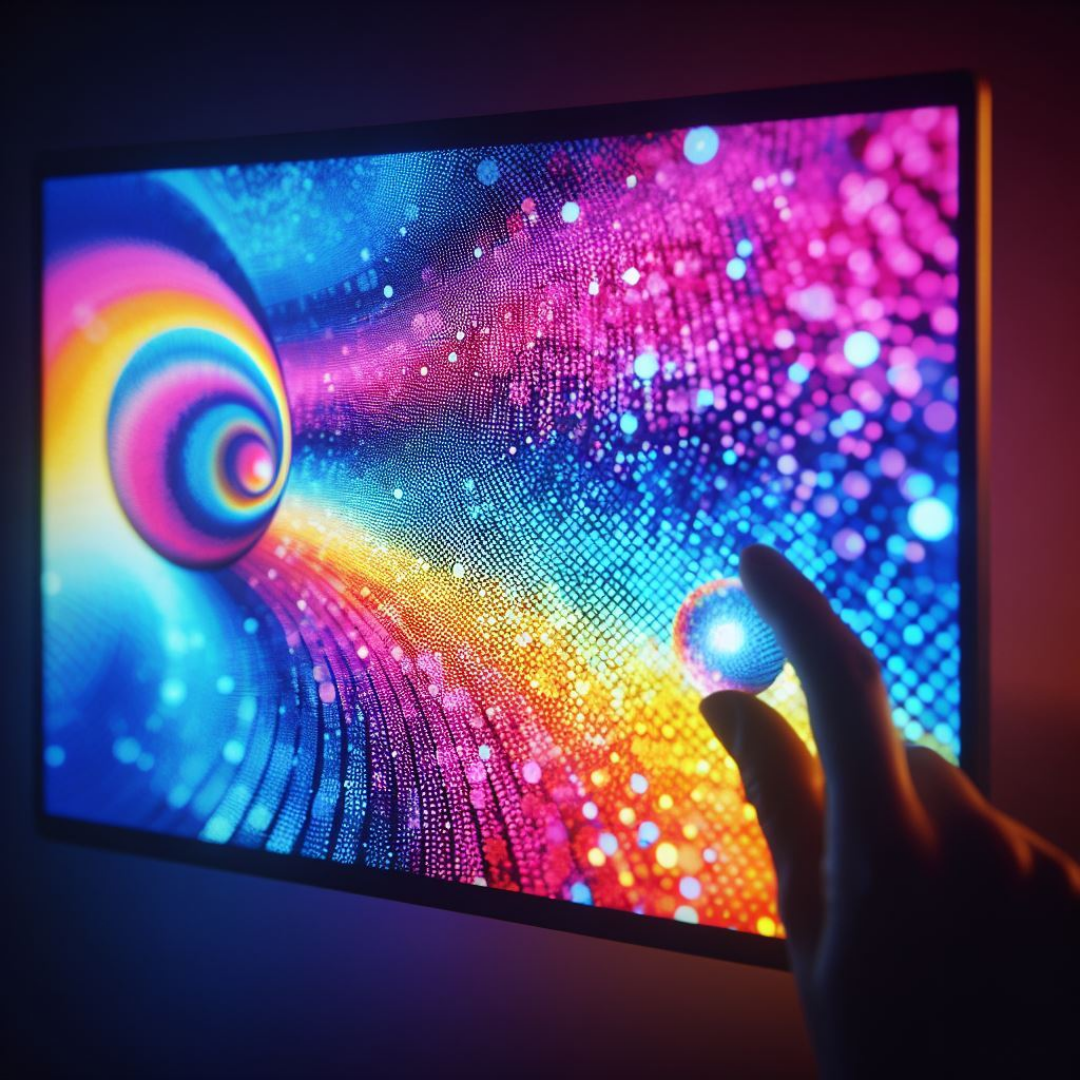The Royal Swedish Academy of Sciences, responsible for awarding the prestigious accolade, lauded the trio for “adding color to nanotechnology” through their groundbreaking research.

The 2023 Nobel Prize in Chemistry has been conferred upon scientists Moungi Bawendi, Louis Brus, and Aleksey Ekimov for their pioneering work in the field of quantum dots, minuscule atomic clusters that have revolutionized various industries. These quantum dots are instrumental in creating vibrant colors on flat screens, LED lamps, and aiding surgeons in visualizing blood vessels within tumors.
The Royal Swedish Academy of Sciences, responsible for awarding the prestigious accolade, lauded the trio for “adding color to nanotechnology” through their groundbreaking research. Their discoveries hold immense promise in a range of applications, from flexible electronics and miniature sensors to more efficient solar cells and secure quantum communication.
One of the remarkable attributes of quantum dots is their ability to alter light color based on particle size, all while maintaining a consistent atomic structure. This property, highlighted by Johan Aqvist, Chair of the Nobel Committee for Chemistry, underscores the transformative potential of this technology.
Upon receiving news of the award, Moungi Bawendi expressed his astonishment and honor, describing his emotions as “very surprised, sleepy, shocked, unexpected and very honoured.”
Louis Brus, equally taken aback, initially dismissed several phone calls attempting to relay the news, deeming it too unexpected to be true.
The quantum dot technology, underpinned by Ekimov’s early 1980s research, has paved the way for high-definition QLED TVs produced by industry leaders such as Samsung, Sony, and TCL. The magnitude of its commercial scale has exceeded even the researchers’ initial expectations.
Aleksey Ekimov’s groundbreaking work revealed the correlation between copper chloride molecules’ size and the resulting color of glass, shedding light on sub-atomic forces at play. This revelation laid a crucial foundation for the subsequent advancements in quantum dot technology.
Louis Brus further expanded on Ekimov’s research by exploring microscopic particles suspended in liquids, further refining the understanding of quantum dots’ behavior.
In 1993, Moungi Bawendi revolutionized the production process of quantum dots, significantly enhancing their quality and applicability. This breakthrough facilitated the development of LEDs with a light quality akin to natural sunlight, overcoming previous concerns about bluish hues.
While Brus and Ekimov both contributed significantly to this revolutionary field, they emphasize the collaborative nature of their efforts, dismissing the notion of a single ‘eureka!’ moment.
The trio’s collective achievement not only underscores their individual brilliance but also exemplifies the collaborative spirit that drives scientific progress. Their contributions to quantum dot technology have not only transformed industries but also enriched our understanding of nanotechnology’s potential.
This year’s Nobel Prize in Chemistry joins the ranks of previous laureates, paying tribute to the monumental strides made in the realm of scientific discovery. Established in honor of Alfred Nobel, the awards continue to celebrate outstanding contributions in science, literature, and peace since 1901.